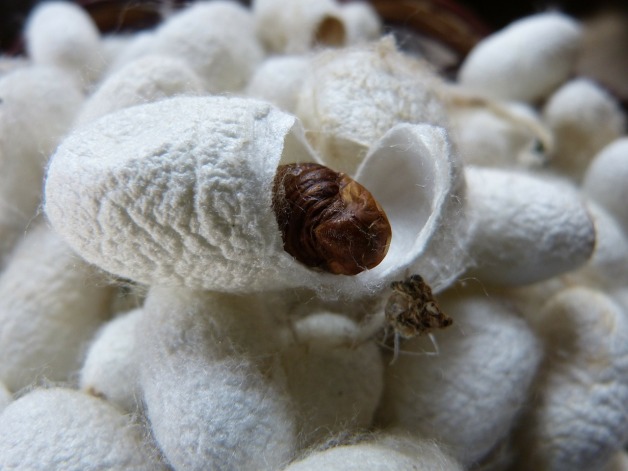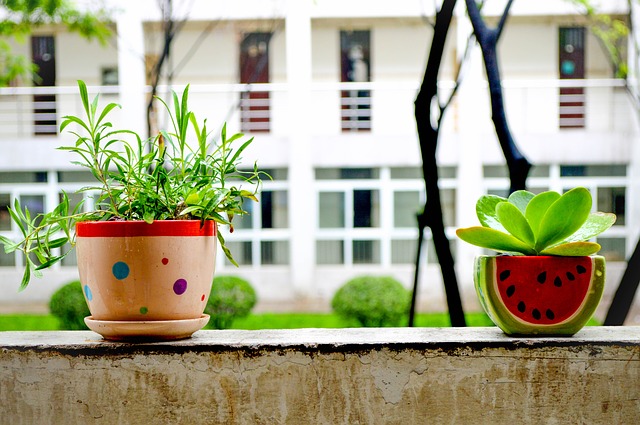
As a little girl, I was fascinated by cocoons. To me, they were an endless source of curiosity. All those tightly wound fibres, moulded into oval-shaped shells, containing no light but holding all that potential within. A metamorphosing creature forming inside; emerging and moving towards the outside world only when the time was right.
Recovering from a state of physical and mental exhaustion can feel the same way. Gradually, enjoyment in everyday things starts to return. Answering the phone and making a simple meal begin feel like less of an effort again. Breakthrough happens gently, a world of meaning gradually rediscovered.
‘Cultural emergence’ is a term I came across recently to describe how we can use ‘core routines’ to create a better culture, either individual or collective. These routines can be used to help us to structure our environment in ways that are healthy and nurturing for us. The term has developed from the practice of ‘permaculture’ – a way of designing things to ensure that they are sustainable. All designs using this approach start with the inner/personal zone- the idea being that we can’t take care of anything else unless we attend to our own needs first. This is the kind of advice I regularly find myself sharing with clients I see who are living with the effects of long-term illness. However, skills in self-care and management of personal energy resources are vital in enabling us to carry on with the things in life that are meaningful and important to us all.
Here’s my selection of core routines that I’ve chosen to integrate into my life:
- Remember interconnectedness– I have written before in Training my wild elephant to help with post-holiday blues about how everyday activities can be a great reminder of how connected we are with nature and each other. I love this example of watching a kettle boil too. Who knew that we could learn so much from seemingly mundane activities?
- Break the rules- I bought this book Ice Cream for Breakfast by Leslie Levine years ago. I am slowly working my way through it again. It’s amazing how many rules we give ourselves in life and how inflexible our brains can become (especially as we get older!).
- Get creative- I will be blogging about my views on creativity in mid-life in a future post. For now though, I’m enjoying revisiting stories from my childhood as mentioned in Finding solace in childish things, listening to my favourite poems like The Summer Day by Mary Oliver and attending story-telling performances of reworked fairy tales. All these things are designed to spark off my imagination and encourage a more playful attitude.

- Rehumanize the work environment- working in large, overcrowded institutions, factors such as space, light, comfort and privacy are often overlooked as being important factors in allowing us to maintain our wellbeing. I am making an effort to put the human touch back into my office- adding fresh plants, opening the blinds, getting rid of clutter.
What routines do you have/need to create a better culture for yourself and your world?


